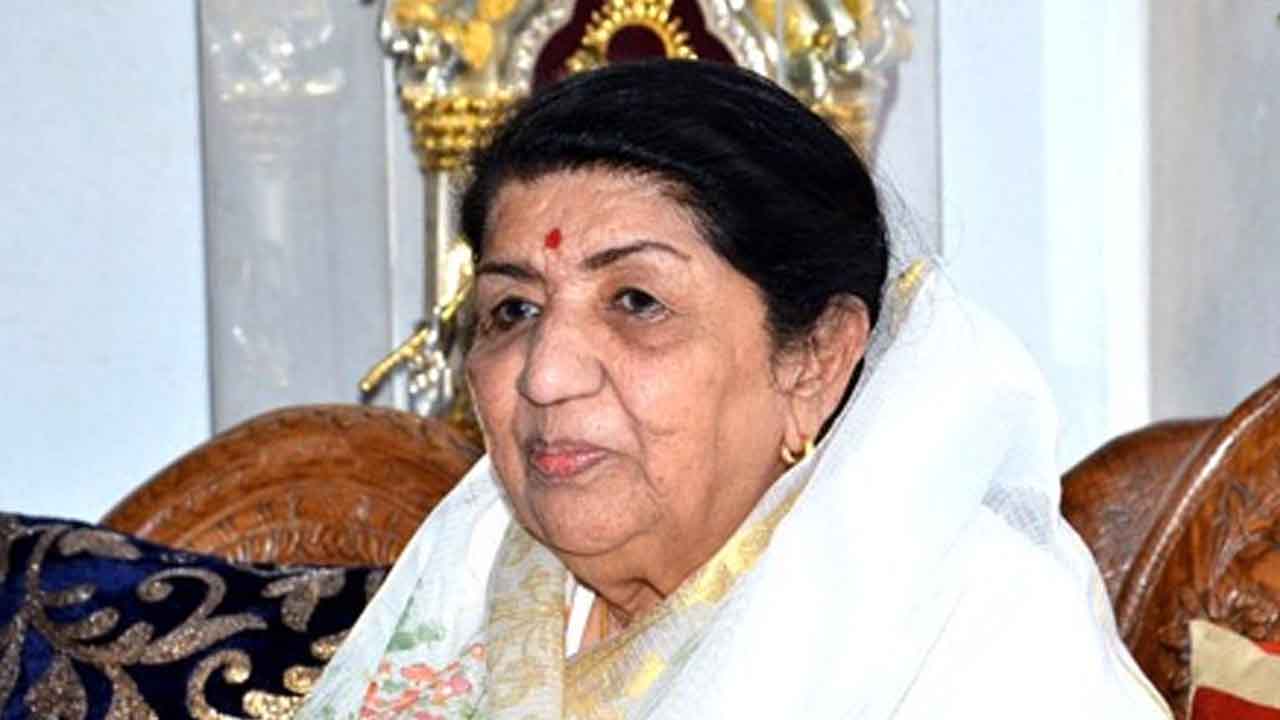Lata Mangeshkar, the Nightingale of India, who enchanted generations with her melodious voice passed away on Sunday in Mumbai at the age of 92. She was admitted to the Breach Candy hospital on January 8 after contracting Covid-19.
While the nation mourns the great loss with two days of national mourning announced, the people celebrate her extraordinary legacy, as old as independent India itself, with a glorious music career spanning more than half a century and thousands of songs in 36 languages.
The Indian prime minister, Narendra Modi, led tributes to the cultural icon, whose versatile voice had been the soundtrack to more than 1,000 Bollywood films from the 1950s through to the 2000s and had been a beloved fixture of India’s airwaves.
Lata Didi’s songs brought out a variety of emotions. She closely witnessed the transitions of the Indian film world for decades. Beyond films, she was always passionate about India’s growth. She always wanted to see a strong and developed India. pic.twitter.com/N0chZbBcX6
— Narendra Modi (@narendramodi) February 6, 2022
Outside her work in the world of music, Lata Mangeshkar had interests ranging from cricket to cars. India’s former captain Virat Kohli said her songs had “touched millions of people around the world”.
Deeply saddened to hear about the demise of Lata ji. Her melodious songs touched millions of people around the world. Thank you for all the music and the memories. My deepest condolences to the family & the loved ones. 🙏
— Virat Kohli (@imVkohli) February 6, 2022
Born on 28 September 1929 in Indore, Madhya Pradesh, Lata Mangeshkar began learning music at the age of five from her father, Deenanath Mangeshkar, who was active in the world of theatre. After her father’s death, the family moved to Mumbai where she began singing for Marathi films. She also signed for film roles to support her family, but later gave up as singing made her happiest.
In 1949, the song, Aayega Aanewala for the movie Mahal gave her music career the real push. In the next decades, Mangeshkar sang thousands of songs in many languages, drawing admiration from audiences beyond boundaries and across generations.
Though a school dropout, Mangeshkar was fluent in many languages and sang about 27,000 songs in dozens of languages, including English, Russian, Dutch and Swahili. She was equally renowned for her live performances.
In 1999, Lata Mangeshkar was nominated to Rajya Sabha and in 2002, she received India’s highest honour for civilians, the Bharat Ratna. The last two songs of the Queen of Melody were Saugandh Mujhe Is Mitti Ki, a tribute to the Indian Army and nation, released on March 30, 2019, and Gayatri Mantra for the wedding of Isha Ambani and Anand Piramal, on December 12, 2018. She also recited a verse from Bhagavad Gita during an Azadi Ka Amrit Mahotsav Committee late last year, which was, in fact, the last recorded message of the legendary singer, say reports.
An ardent cricket fan, Lata Mangeshkar helped raise ₹20 lakh for the Indian Cricket Team in 1983. After the team’s first mega win, the BCCI wanted to felicitate and honour the team but lacked the funds to do so. Lata Mangeshkar stepped in on the request of cricket administrator Raj Singh Dungarpur to raise funds.
Earlier, her concert helped raise funds for Goa’s Liberation struggles. The funds raised at this concert held at Hira Baug, Pune in the 1950s, were used for the ousting of the Portuguese forces from Goa. The singer did not charge any money for the concert, which is believed to be one of the most influential contributions to Goa’s fight for liberation.
On Republic Day in 1963, Lata Mangeshkar sang the song Ae Mere Watan Ke Logon in honour of the soldiers. In 2014, Lata Mangeshkar made a music video called Laadli – The Raunaq of Life with A.R. Rahman on the theme of women’s empowerment. In recent times, Lata Mangeshkar contributed ₹25 lakh to the Chief Minister’s Assistance Fund in 2020.


























